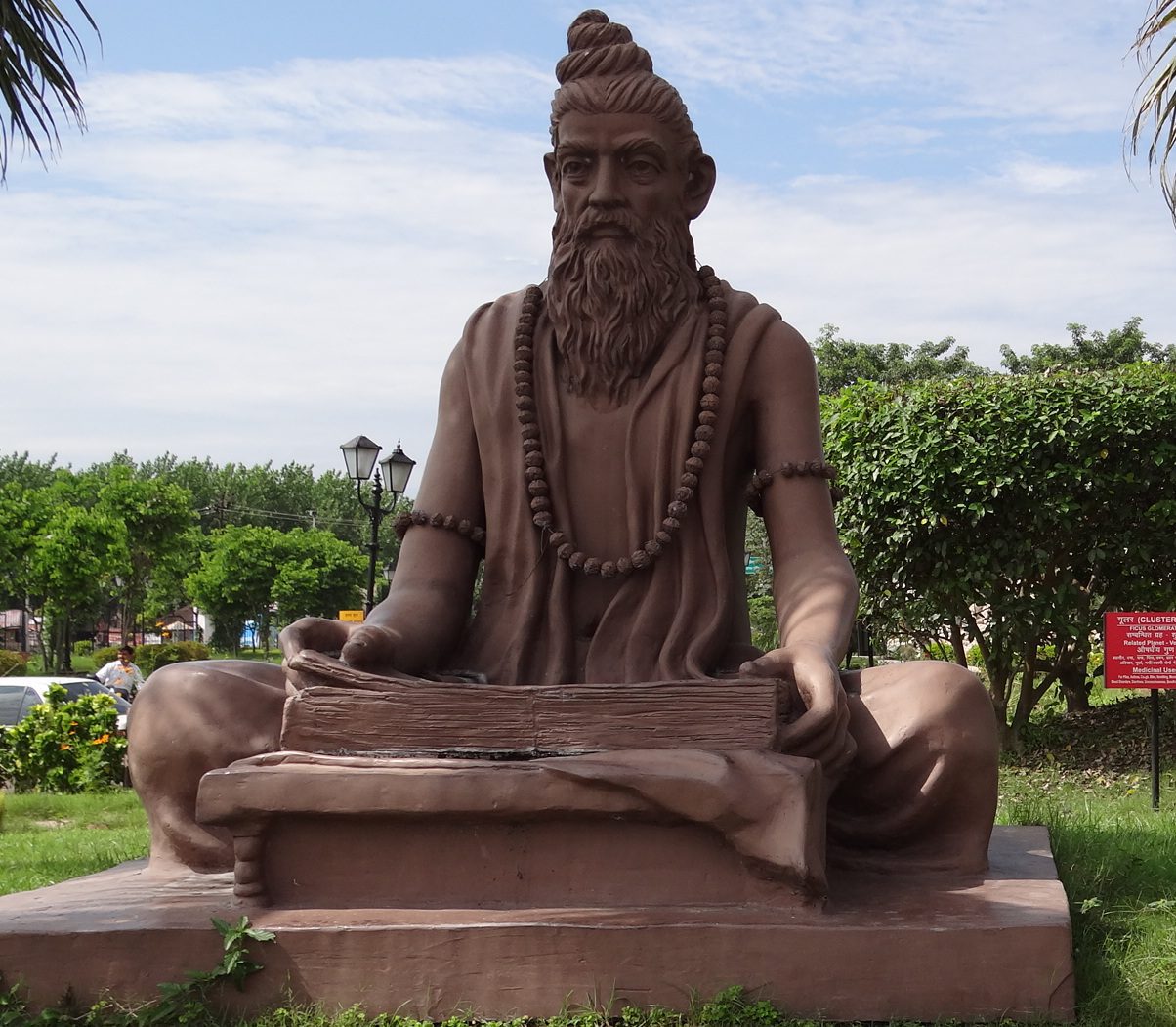
Basics of Ayurveda
Imagine you are a computer, think of your body as a printout, our central nervous system as the hardware and our biochemistry as the software. Our thoughts and feelings is the program, and the programmer as our consciousness. Thus, having this at the back of our minds will help us understand the basics of Ayurveda better.

Ayurveda comes from the sanscrit “Ayus” meaning life and “Veda” meaning knowledge. Ayurvedic Medicine originates in India and scriptures have been found that are over 2000 years old. Overall, it is scientifically proven to be 100% natural, free from side effects and does not conflict with other medicines or complementary therapies. Subsequently, apart from being reactionary by means of treating illnesses, Ayurveda is better understood as a preventative discipline.
The Relationship Between Consciousness and Health
In nature consciousness is the element that is aware of itself, beyond both body and mind. At the core of the mind is the power of attention and awareness of the inner self. This is universal and very personal, yet individual consciousness is a reflection of universal consciousness.
Therefore, becoming aware of ourselves is a very important step in understanding how we can improve our health. The definition of health in Ayurveda is a state of physical, mental and social well-being and not just the absence of disease. Unquestionably the whole purpose of our lives – whatever our circumstances – is the expansion of happiness and well-being. The wonderful part of Ayurveda lifestyles is that they promote health by utilising ancient, natural and safe approaches that are relatively inexpensive.
The Three Ayurvedic Nature Aspects
1. “Vata” is Motion.
Motion characteristics are beginnings, creativity and spontaneity. Motion involves space, air, hearing and touch. Due to this, it is described as quick, light, moving, dry, cold, rough, irregular, sensitive, refined and intuitive.
2. “Pitta” is Transformation.
Character traits of this transformation are optimism, vitality and renewal. It involves fire and sight. Therefore, it is described as hot, sharp, light, fluid, slightly oily, passionate about projects and has a sharp penetrating gaze.
3. “Kapha” is Structure.
Structure is characterised by contentment, balance and order. It involves water, earth, taste and smell. Furthermore, it is described as heavy, slow, stable, cold, oily, soft, grounded and earthy.
Ayurveda is scientifically proven, systematic and 100% natural. It doesn’t conflict with medicines or complementary therapies.

How does it work?
Since everything in the natural world has a purpose we must seek to bring order and balance to the world. We can observe this in the wondrous cycle of the seasons, the marvelous ageing of humans or the fantastic biomechanical processes of our bodies. Everything has a role to play in maintaining balance and order. It is when we understand Ayurvedic nature that we will be able to make a greater impact on the world around us.
As the saying goes, “Opposites Attract”; this is true of Ayurveda. On the other hand similar qualities can cause an imbalance, much & like the repulsion observed when trying to join two magnets with similar magnetic fields.
Examples of Ayurveda In Everyday Life
Seasonal Nature Aspects
1. Motion is between December to May and we should implement a structure reducing regime.
2. Transformation is between May to August – within these seasons we should aim to reduce transformation in order to maintain balance.
3. September to December are our Structure seasons and we should actively try to reduce motion tendencies.
Life Stage Nature Aspects
1. Before 20 is a growth centered period where children have no preconceived views and are innocent. Structure is mostly absent or lacking.
2. Between the ages of 20 – 50 we reduce transformation. We have “fire” for purpose and which undeniably becomes burnt out as we get older.
3. After 50 our motion tendencies are mostly absent. We are regular, balanced and have an overall feeling of refinement.
Biomechanical Nature Aspects
1. Our head and chest is the motion.
2. Stomach is the transformation.
3. Structure is the pelvis and any area below
Time of Day Nature Aspects
1. Motion is 6am – 10am & 6 – 10pm.
2. Transformation is 10am – 2pm & 10pm – 2am.
3. Structure is 2pm – 6pm & 2am – 6am.
Digestive Nature Aspects
1. Motion is the first hour after your meal.
2. Transformation is the 2nd and 3rd hour after your meal.
3. Structure is the 4th hour after eating.
Preventing Disease
Disease occurs when there is an accumulation of motion, transformation and structure which are not in balance. This evidently leads to the aggravation, spreading, and manifestation of disease which leads to complications. Obviously, to treat the disease initially you have to stop the causative factors which cause the imbalance and start a healing regime. Emotional factors which can lead to disease are anxiety, panic, phobia, insomnia, hyperactivity, attention deficit disorder and anger. Subsequently, guilt, obsession, aggression, depression, greed, possessiveness, lethargy and narcolepsy are also factors that can affect our health.
Disease is inevitable, so it’s best to accept its occurrence and deal with it when it arises. Perfect health is natural and easy maintenance, by living in tune with the laws of nature. However, iIllness is a part of life and treatment is essential. Every person exists as a whole being and sickness is the cry for enlightenment throughout the whole person. Therefore, disease results from progressive disruption of the body’s inner intelligence, through repeated violations of natural law.
It is when we understand Ayurvedic nature that we will be able to make a greater impact on the world around us.
Diet
Whenever you can, be aware of what you are eating and sit comfortably. Generally make an effort to actively think about leaving your stomach a quarter empty after eating. Our stomach is an organ that holds food and allows digestion; leave room for churning and juices. The feeling of hunger arises when our stomachs are a quarter full. It is best to eat only when you are hungry and stop when you are full, not when you have over eaten. To aid digestion take hot water with a meal and try to add some (not all!) of the following ingredients: ginger, pepper, garlic, turmeric, fenugreek, cinnamon, cumin, fennel, lemon, salt & honey.
Aesthetics & Ayurveda
At this point you may be wondering how the principles behind Ayurveda are relevant to the business of aesthetics. It is simply because their principles form the foundation for everything we do, and influence every decision we make concerning our products, treatments, articles and ventures. The best treatment is always one that manipulates the natural mechanisms in our bodies. Therefore the philosophy behind everything we create and each service we provide is central on one thing – to awaken the total intelligence of nature within every cell of our bodies in order to produce real healing.
As a result we don’t want to do anything that is going to cause an individual to become imbalanced. We don’t want to bring long lasting harm to our clients because that will only lead to disorder and chaos. This is why we refuse to follow the crowd when it comes to the latest aesthetics fad and will never recommend products/treatments which we know are unsafe and damaging.
If you have any questions or queries, please do not hesitate to contact us.



